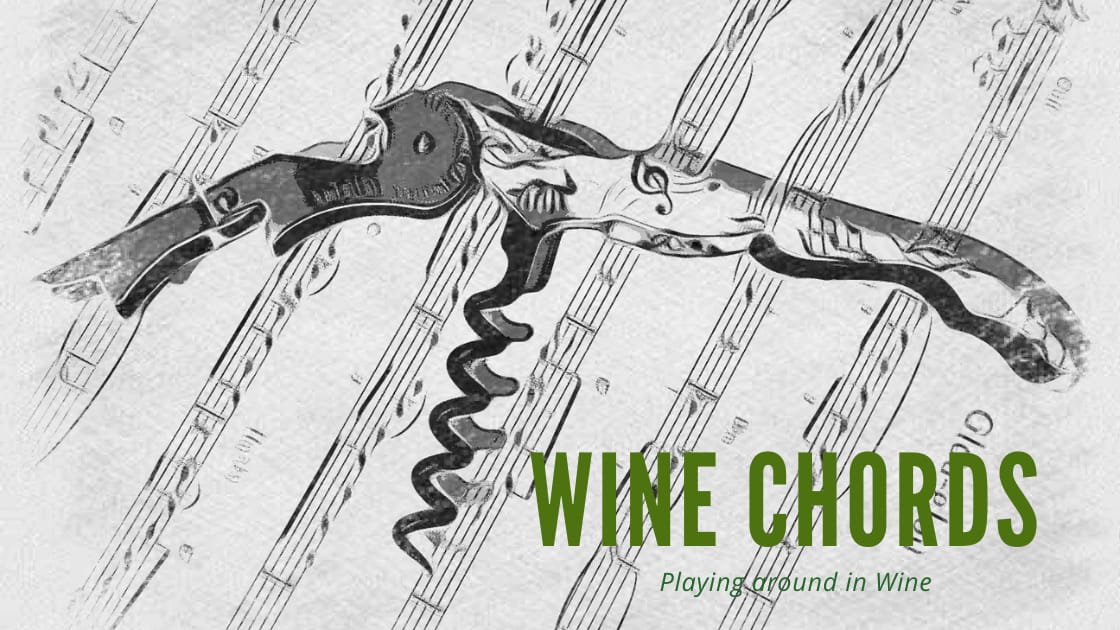It seems to be a day for everything. Since 2011 the TAPAS (‘tempranillo advocates, producers and amigos society’) of North America has celebrated this grape, the world’s 4th in extension.
They picked the second Thursday in November, which means the coming 9th November this year. And many of the grape’s many international followers have – followed.
I miss no opportunity to open a bottle of tempranillo wine. They come in many variations, different clones and synonyms too (more than 60 in its native Spain alone), but one clone has the ability to show huge differences in terroir.
Needless to say, there are a huge amount of wines to chose from. I select one from my most recent wine trip, that included one day in Rioja. Here Sandra Bravo has released some magnificent and original wines since 2012. The clayey/chalky vineyards are found at 650 meters altitude between Labastida and the Sierra de Toloño (a part of the Cantabrian mountain range). The wines are kept in a rented bodega in Villabuena de Álava – all this to the east-northeast of Haro, for those who are not quite familiar with the landscape.

Sandra Bravo in the Villabuena cellar
The wine in question is her “basic” red. It was in fact the first wine in Rioja to be elevated in clay amphora. There are now several vintages on the market. I chose 2014 as I think it has a perfect development right now, though it will keep. The cultivation is organic, the must was fermented with natural yeasts in steel, clay and cement, and it spent some 6 months in used French oak barrels.
Sierra de Toloño 2014 (Sierra de Toloño)
Dark cherry red. Floral, cool fruit, with red berries (cherry, blackberry), herbs, and a slight dark (roasted, coffee) tone. Very elegant, quite slender, with appealing acidity and developing tannins.
Price: Medium
Food: Red and light meat, game, salads, light stews, hard cheeses
Leave a Comment
















